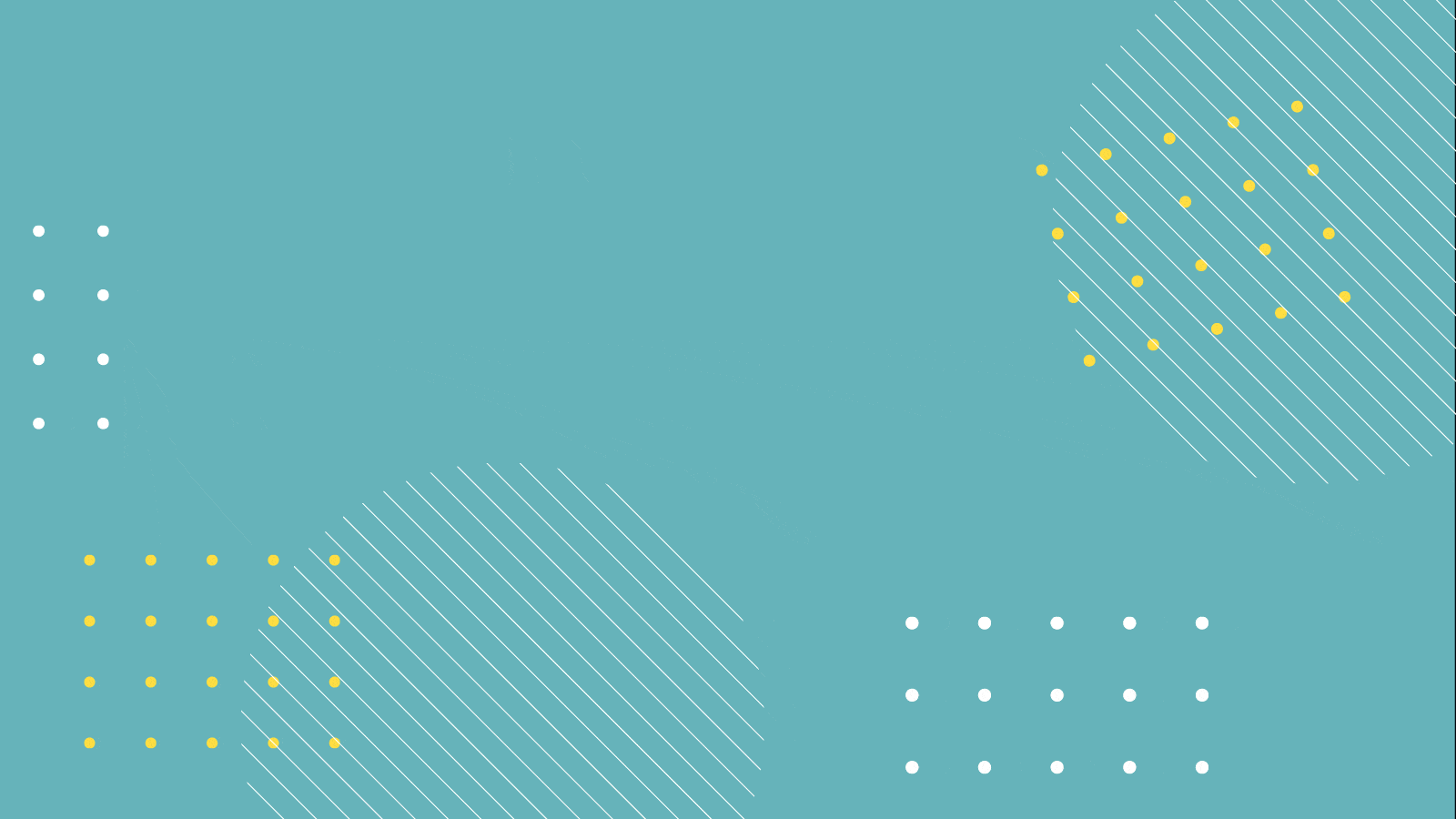Rethinking Public Services With Innovation Labs

Wild, big ideas may spark out of the blue, but real innovation doesn’t often happen by chance. Small steps may start with setting up innovation corners, even in fire stations. Innovation also arises from processes like design thinking, used by the Singapore Civil Defence Force (SCDF) to enhance safety and service delivery. Other times, matching technology with a keen observation of problems can change the way public officers work, or how citizens interact with public services.
Worldwide, more than 100 government innovation units have opened to spur new ways of working, while pioneer units have closed or shifted priorities as directions change. Helping Singapore’s public agencies transform is the Public Service Division (PSD)’s Innovation Lab, which recently won Apolitical’s Workforce of the Future award. Read on to find out how the Lab is working across agency boundaries to create solutions together and make Public Sector Transformation happen.
Many public services are now a tap on an app away. From the multi-agency Moments of Life (Families) to a revamped app for the National Library Board, a slew of online services offer more convenient public services for citizens. Beyond the tech tools, a team of officers from the PSD’s Innovation Lab has been working with public agencies to identify opportunities and make government services more citizen-centric.
As the Innovation Lab works to help the public sector transform, it has itself changed. Since 2016, the Lab has provided consultancy and coaching to grow public officers’ skills and mindsets in three areas for public service innovation: empathy, collaboration and experimentation.
From design thinking to innovation
The unit, however, has existed since 2012, starting as a design thinking unit and known unofficially as THE (The Human Experience) Lab.
From the start, the Lab worked to challenge existing public service culture with a “do first, apologise later” approach, said Mr Alexander Lau, Principle Design Lead, Innovation Lab, in an article for Apolitical. In 2017, with a new role to boost public sector transformation, the unit was officially renamed Innovation Lab.
Over the years, the Lab team learnt new tools beyond design thinking and tried various ways of engagement with partner agencies. It continued to build an innovative culture by spreading new ways of thinking and discovering new insights.
For example, the Lab participated in the National Library Board’s (NLB) oneNLB Service Vision Taskforce. After identifying customers’ and staff’s pain points about library services, the Lab guided the Taskforce to focus on identifying opportunities for service improvements, as well as the capabilities and technology tools that will provide visitors with a desirable experience.
Project: Moments of Life
The Lab’s first major multi-agency project is Moments of Life (Families). The project used ethnographic studies to understand the needs of parents with children aged 6 and below, which produced insights and design principles to guide the app design.
The Lab led every interview with a citizen, together with an officer from the Moments of Life Programme Office (Operations Committee). Data scientists from the Ministry of Social and Family Development analysed data across several agencies to identify the types of citizen profiles to be interviewed.
Along the way, citizen narratives were created to help the project committee – with 15 agencies involved – come up with common goals for the citizen user.
“Engaging with citizens directly and understanding their real journeys gave officers deep insights that no written reports can articulate, and highlighted agency blind spots,” Mr Lau wrote, in Apolitical.
From doers to coaches
Once a central consulting unit for other government agencies, the Lab started experimenting with flipping the roles: instead of working on other agencies’ projects, the Lab would coach agencies’ officers to do the projects themselves.
Officers from the Lab became process coaches. They mentored and facilitated agencies’ project teams to do the interviews and other research interactions with citizen users, and guided teams in sensemaking, ideation and prototyping.
In this way, with the project teams being more hands-on, there was greater ownership and acceptance from their agencies for the solutions produced. The projects moved rapidly from the early stages of user research to testing ideas, and implementing them.
This also meant the Lab team was freed up to coach more project teams, and could spread innovation skills and processes further throughout the Public Service.
A variety of techniques
The Innovation Lab documented all its lessons from various innovation processes into a blended one called the Public Service Innovation Process Framework.
This innovation framework combines principles from design thinking, behavioural insights, organisational development, business process re-engineering, data analytics, scenario planning (from futures thinking) and more into a “simple-to-learn, use-what-works” approach.
To make the techniques more accessible, the Lab removed the titles of all these methods and included only the key principles in the framework. Mr Lau said: “We deliberately stripped away all references to the component disciplines, to help people focus on the desired outcomes instead of methodologies.”

The framework provides public officers with a common language and a range of tools for innovation practices. With the Lab’s coaching in innovative mindsets, public officers can better succeed in solving problems, reducing citizens’ pain points and offering more efficient and convenient services.
Even as you work to improve citizens’ lives, how has your own agency or department’s way of working changed? Share our thoughts from this story with psd_challenge@psd.gov.sg
Notable innovation labs worldwide
Denmark’s MindLab (2002–2018)
- The pioneer government innovation unit is among the first to use human-centred design to address public sector challenges. Public services and policies are redesigned around the user’s experience.
- MindLab brought the “human factor” into policymaking through fieldwork, observation, and other sociological and anthropological methods.
- When the Danish government’s priorities shifted from innovation to digital transformation, MindLab was replaced with a Disruption Taskforce, with a mandate to digitally reform the Danish government.
South Africa’s Centre for Public Service Innovation (established 2001)
- Creating and implementing new service delivery solutions to improve outcomes and efficiency.
- Example: They worked with the police to reduce response times in slum areas. By fitting each home with basic alarm systems, this cut the time for police to respond from 48 hours to seven minutes.
Find a directory of government innovation labs here.
- POSTED ON
Oct 2, 2019
-
Deep Dive
Strengthening Singapore’s Food Security









